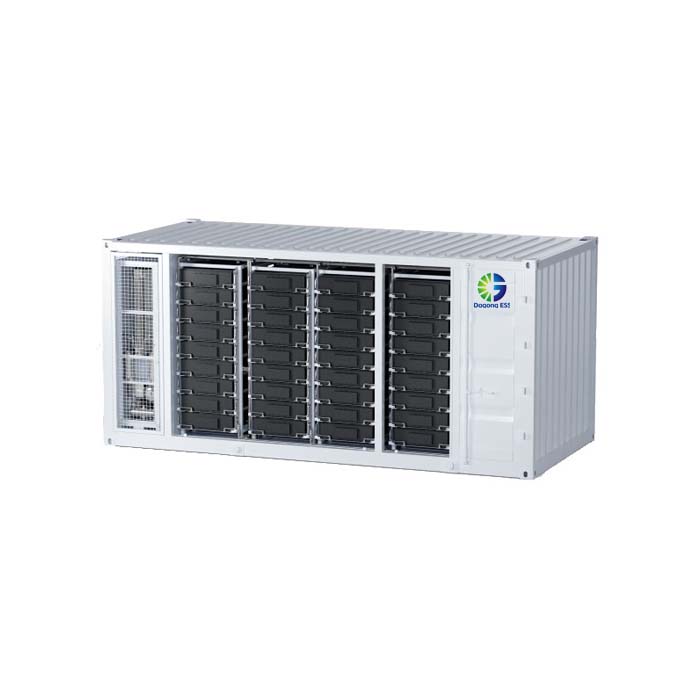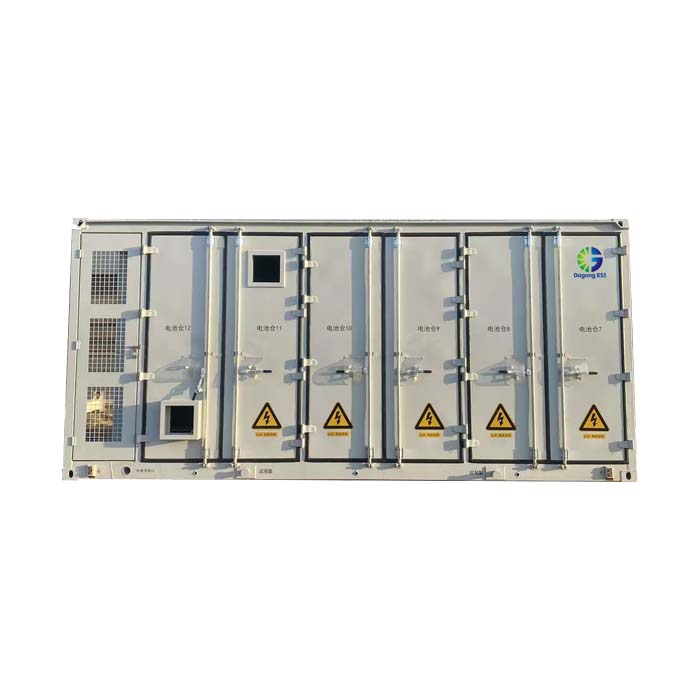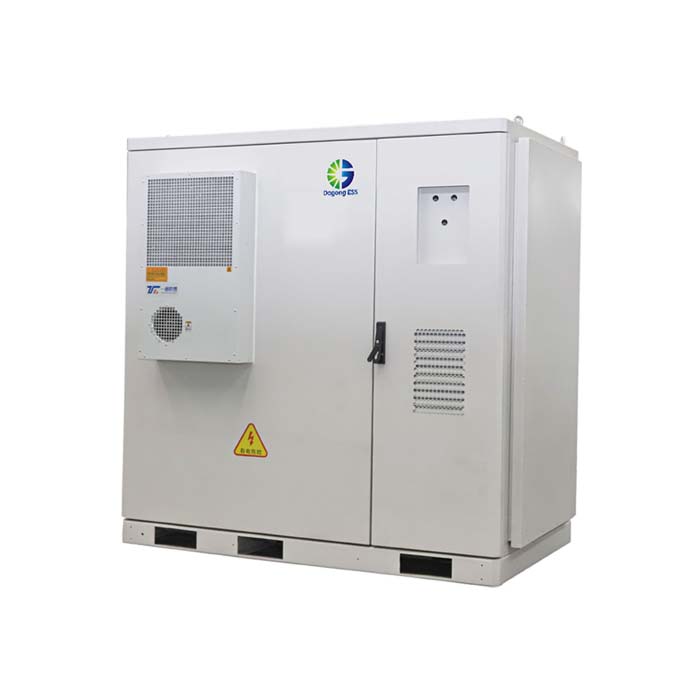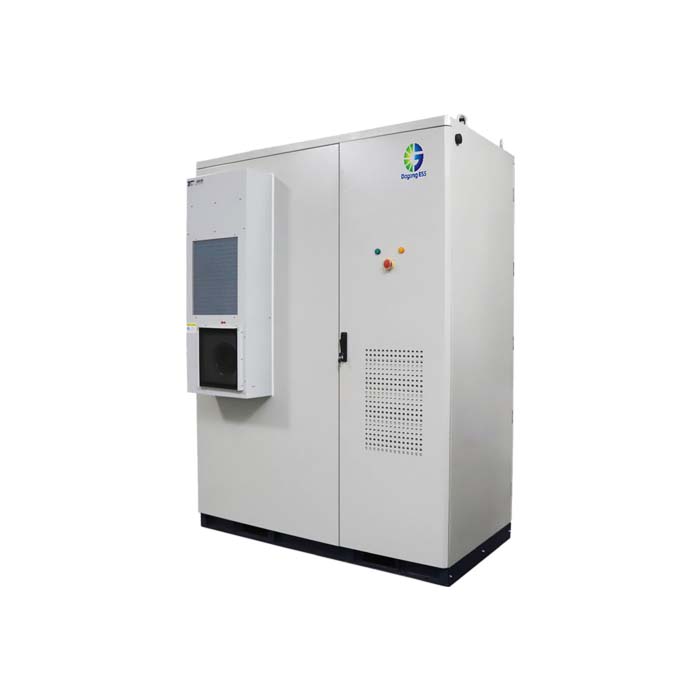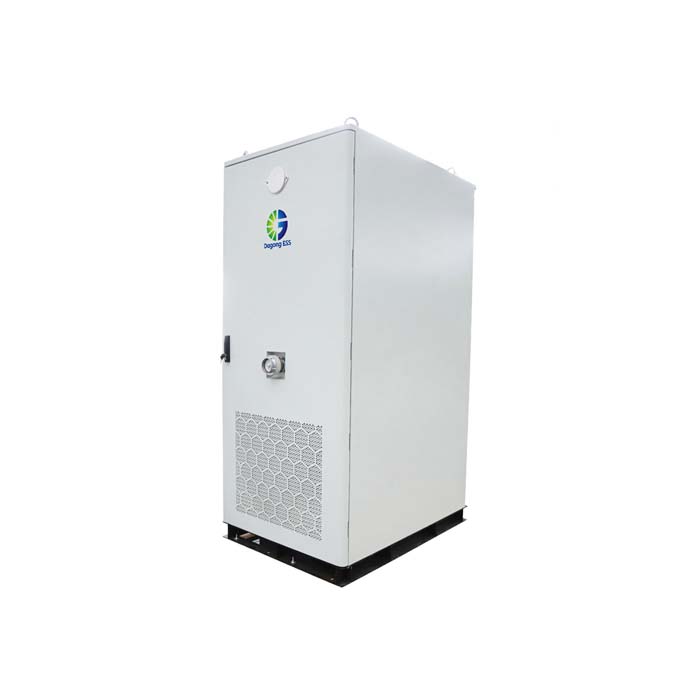Understanding FK-5-1-12 in Energy Storage Fire Protection: Benefits, Risks, and Mitigation Measures
As the global adoption of energy storage systems (ESS) continues to expand, the safety of these high-energy-density and potentially flammable systems has become a critical concern. Among the various fire suppression technologies available, FK-5-1-12 (also known as perfluorohexanone) has emerged as a popular solution due to its efficiency and eco-friendly profile. However, understanding both its advantages and associated risks is essential for ensuring the safety and sustainability of ESS operations.
What is FK-5-1-12?
FK-5-1-12 is a colorless, odorless, and non-conductive clean agent widely used in fire suppression systems. It is known for its low toxicity and minimal impact on the environment, making it a safe choice under standard operational conditions. Despite its general safety, high concentrations or accidental discharge can pose health risks, such as coughing, eye irritation, and respiratory discomfort.
Key Advantages of FK-5-1-12 in Energy Storage Applications
High Fire Suppression Efficiency: FK-5-1-12 is highly effective in extinguishing lithium battery fires and preventing fire spread within seconds.
Eco-Friendly: It contains no ozone-depleting substances and leaves no residue, minimizing environmental impact.
Safe for Equipment and Personnel: Its low toxicity and non-corrosive nature allow for use in sensitive environments without damaging hardware or harming personnel.
Potential Risks of FK-5-1-12
While FK-5-1-12 offers many benefits, it is not without concerns:
Toxic Byproducts: Under high-temperature conditions, FK-5-1-12 may decompose and release harmful gases like hydrogen fluoride, posing serious risks to human health.
Environmental Impact: Although it is not ozone-depleting, FK-5-1-12 is a perfluorinated compound, which may contribute to long-term environmental issues if not managed properly.
Chronic Health Concerns: Prolonged or repeated exposure may lead to organ damage, including liver, kidney, and thyroid issues.
Measures to Mitigate FK-5-1-12 Risks
To ensure the safe use of FK-5-1-12 in ESS fire protection systems, the following measures are recommended:
Establish Clear Safety Standards: Develop and implement safety protocols and standards specific to ESS fire suppression, covering system design, maintenance, and emergency response.
Install Effective Ventilation Systems: Proper ventilation helps disperse any hazardous gases released during suppression, protecting on-site personnel.
Personnel Training: Educate fire safety teams and facility managers on FK-5-1-12 handling, emergency procedures, and risk mitigation strategies.
Consider Alternative Agents: Explore other low-toxicity, low-emission suppression methods like inert gases or water mist, which may offer safer long-term solutions.
Best Practices for ESS Fire Safety with FK-5-1-12
To optimize safety and maximize the performance of FK-5-1-12 fire suppression systems in energy storage environments:
Customize System Layout: Design the number and positioning of suppression units according to the size and structure of the storage system.
Adhere to Strict Operational Protocols: Follow standardized procedures for system operation, activation, and emergency response.
Conduct Routine Inspections and Maintenance: Regular testing ensures reliability and rapid activation in the event of a fire.
While FK-5-1-12 is a powerful and efficient fire suppression agent for energy storage systems, it is essential to understand its potential hazards and implement comprehensive safety measures. By doing so, operators can safeguard their systems, protect personnel, and maintain environmental integrity. At the same time, ongoing exploration of alternative fire suppression technologies remains crucial for building a safer and more sustainable future in energy storage.
Dagong ESS Products Showcase
At Dagong ESS, all our energy storage products are equipped with safe and reliable fire protection systems, ensuring maximum safety and peace of mind in every application.
Industrial & Commercial ESS:Industrial and commercial energy storage is a storage solution applied in industrial and commercial settings. It mainly consists of a battery system along with components such as EMS (Energy Management System), BMS (Battery Management System), and PCS (Power Conversion System). Its core functions include reducing electricity costs by leveraging the price difference between peak and off-peak hours, serving as an emergency backup power source during grid failures to ensure the operation of critical equipment, improving power quality by regulating power factor and mitigating harmonics, and balancing electricity load.
Residential ESS:The Residential Energy Storage System refers to energy storage solutions designed for residential or light commercial use. These systems allow for the efficient storage and management of electrical energy, typically derived from renewable sources such as solar panels, and can be used to power homes or small businesses during periods of high demand or when renewable energy generation is not available.
Frequently Asked Questions
Q1:What is the FK-5-1-12 fire suppression agent?
A:FK-5-1-12 extinguishing agent is ideal for protecting sensitive electronic equipment and irreplaceable items from fire and the damaging effects of fire sprinkler systems. It is electrically non-conductive, non-corrosive and leaves no residue behind after a system discharge.
Q2: Is FK-5-1-12 toxic?
A:FK-5-1-12 will not pose a threat to human health, as it does not bioaccumulate. The EPA has determined that FK-5-1-12 is “acceptable” for use in total flooding fire extinguishing when used in accordance with NFPA 2001.
Q3:What is the difference between FK-5-1-12 and NOVEC 1230?
A:What's the difference between Novec 1230 and FK-5-1-12? Simply put, Novec 1230 is a trade name or chemical name for the product manufactured by 3M. When the chemical is manufactured elsewhere, it meets the same specification and is governed by the same rules and regs. FK-5-1-12's chemical composition does not change.



